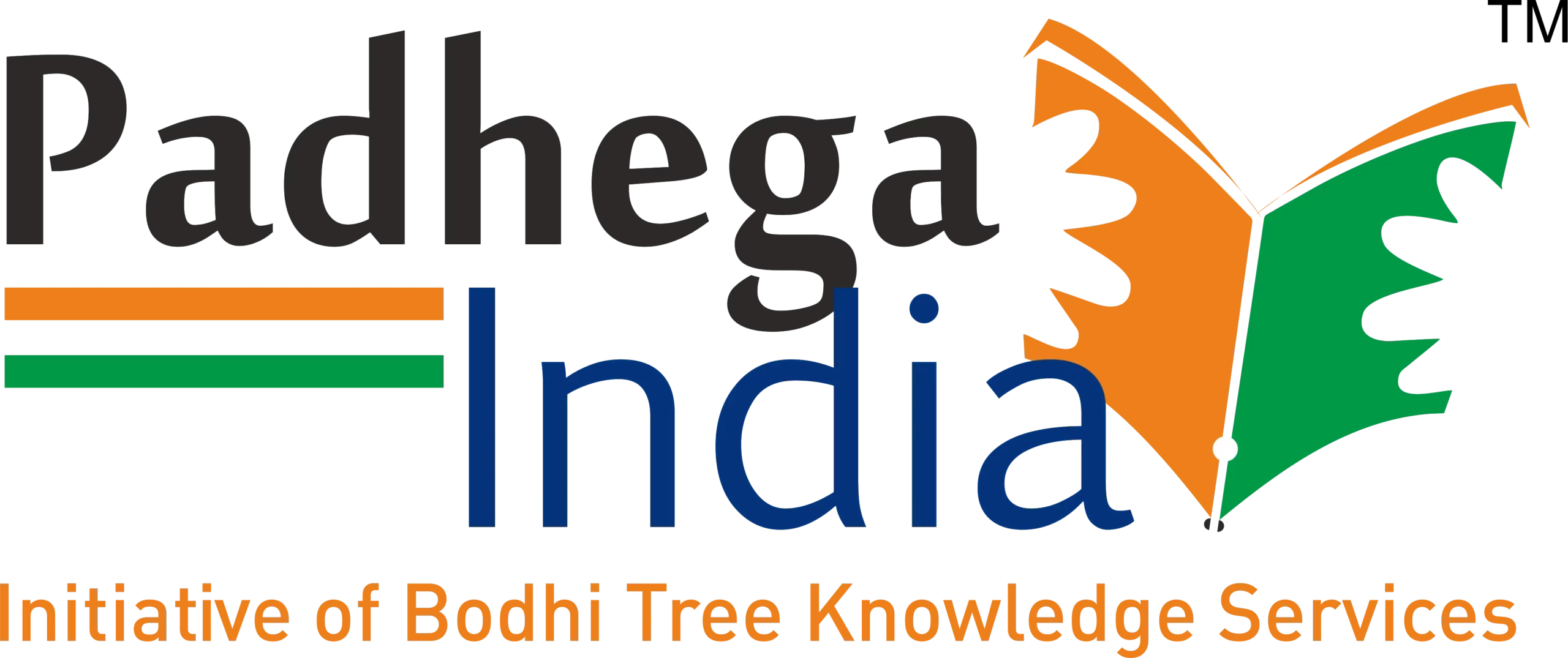Temple and Society in South India
Publisher:
| Author:
| Language:
| Format:
₹1,750 ₹1,400
Save: 20%
In stock
Ships within:
In stock
| Weight | 286 g |
|---|---|
| Book Type |
ISBN:
Page Extent:
The temple is the focus for all aspects of everyday life in the Hindu community-religious, cultural, educational and social. It played many roles in society as place of worship, centre of learning, store house of state property, meeting place, court of justice, promoter of fine arts, etc. The temple also served as an agency for easier and more efficient extraction of surplus from the peasants in the agrarian economy and this contributed to the extension of agriculture. In the course of such extension the temples speed up the process of disintegration of tribal society and its reorganization as a caste society. In the newly formed caste society, the temple served as an integrating player linking the high and low in service. The temples maintained the morality of the society and religious faith of the people. The temples of medieval south India had been a great strengthening factor in keeping the people united and played a vital role as the centre of all social activities. The temples had given employment to a lot of people, as they needed people for the construction, maintenance and day to day function. They also employed the architects for the construction of temples, the artisans for the art and craft activities, sculptors and many servants for the engaging in various activities of the temple. The temples were also a place of religious conversation and musical discussions. All these have facilitated the propagation of religion, music, dance and other fine arts in the society.
This edited volume contains 20 articles covers different aspects of South Indian Temple and Society, which include the following facets like: Power and Legitimacy of Medieval South Indian Temples; Role of Religion in the Chola State and Society; Science behind Temple Worship; Cultural Aspects of Hindu Temples; Administrators and other Functionaries of the Hindu Temples; Temple Women; Socio-political Dimension of Early Kerala Temples; Religious Endowments; Role of Temple in Agrarian Expansions; Socio-cultural Facets of Vijayanagar Temples; Social Customs and Festivals in the Temple Art of Vijayanagar-Nayak Period; Early Buddhist Temples in East Coast of South India; Folk Traditions of South India and other social and historical related aspects. The strength of this edited volume spotlight on the wide ranges of aspects on the subject as well as projections of the learned scholars on the theme of this book. It is hoped that the readers would be immensely benefitted from the learned exposition of temple institutions as a centre of all social, economic and cultural activities.
The temple is the focus for all aspects of everyday life in the Hindu community-religious, cultural, educational and social. It played many roles in society as place of worship, centre of learning, store house of state property, meeting place, court of justice, promoter of fine arts, etc. The temple also served as an agency for easier and more efficient extraction of surplus from the peasants in the agrarian economy and this contributed to the extension of agriculture. In the course of such extension the temples speed up the process of disintegration of tribal society and its reorganization as a caste society. In the newly formed caste society, the temple served as an integrating player linking the high and low in service. The temples maintained the morality of the society and religious faith of the people. The temples of medieval south India had been a great strengthening factor in keeping the people united and played a vital role as the centre of all social activities. The temples had given employment to a lot of people, as they needed people for the construction, maintenance and day to day function. They also employed the architects for the construction of temples, the artisans for the art and craft activities, sculptors and many servants for the engaging in various activities of the temple. The temples were also a place of religious conversation and musical discussions. All these have facilitated the propagation of religion, music, dance and other fine arts in the society.
This edited volume contains 20 articles covers different aspects of South Indian Temple and Society, which include the following facets like: Power and Legitimacy of Medieval South Indian Temples; Role of Religion in the Chola State and Society; Science behind Temple Worship; Cultural Aspects of Hindu Temples; Administrators and other Functionaries of the Hindu Temples; Temple Women; Socio-political Dimension of Early Kerala Temples; Religious Endowments; Role of Temple in Agrarian Expansions; Socio-cultural Facets of Vijayanagar Temples; Social Customs and Festivals in the Temple Art of Vijayanagar-Nayak Period; Early Buddhist Temples in East Coast of South India; Folk Traditions of South India and other social and historical related aspects. The strength of this edited volume spotlight on the wide ranges of aspects on the subject as well as projections of the learned scholars on the theme of this book. It is hoped that the readers would be immensely benefitted from the learned exposition of temple institutions as a centre of all social, economic and cultural activities.
About Author
Reviews
Clear filtersThere are no reviews yet.
YOU MAY ALSO LIKE…
LARGE PRINT VAISHNO DEVI THE POWERFUL GODDESS
Save: 15%
Religion and Literature: Indian Perspectives
Save: 20%






Reviews
Clear filtersThere are no reviews yet.